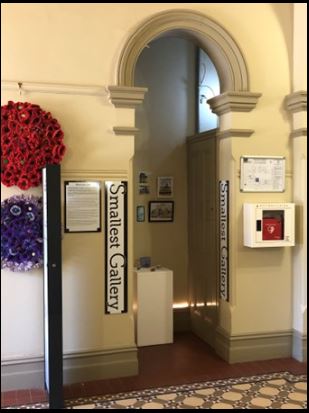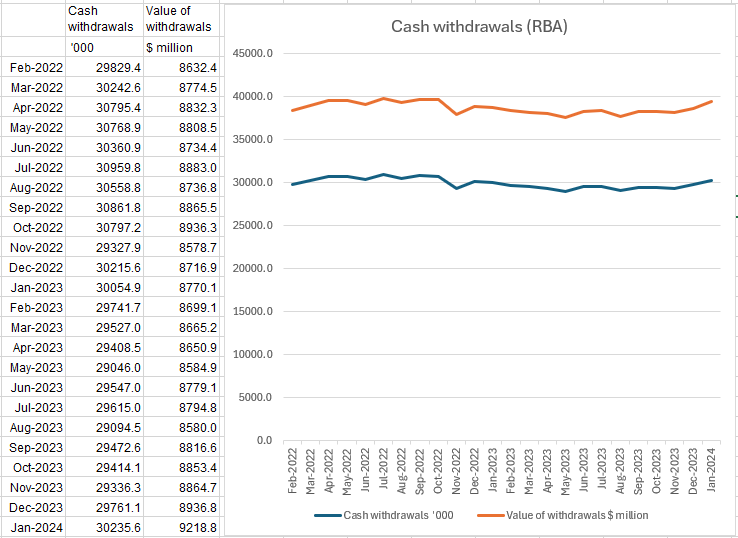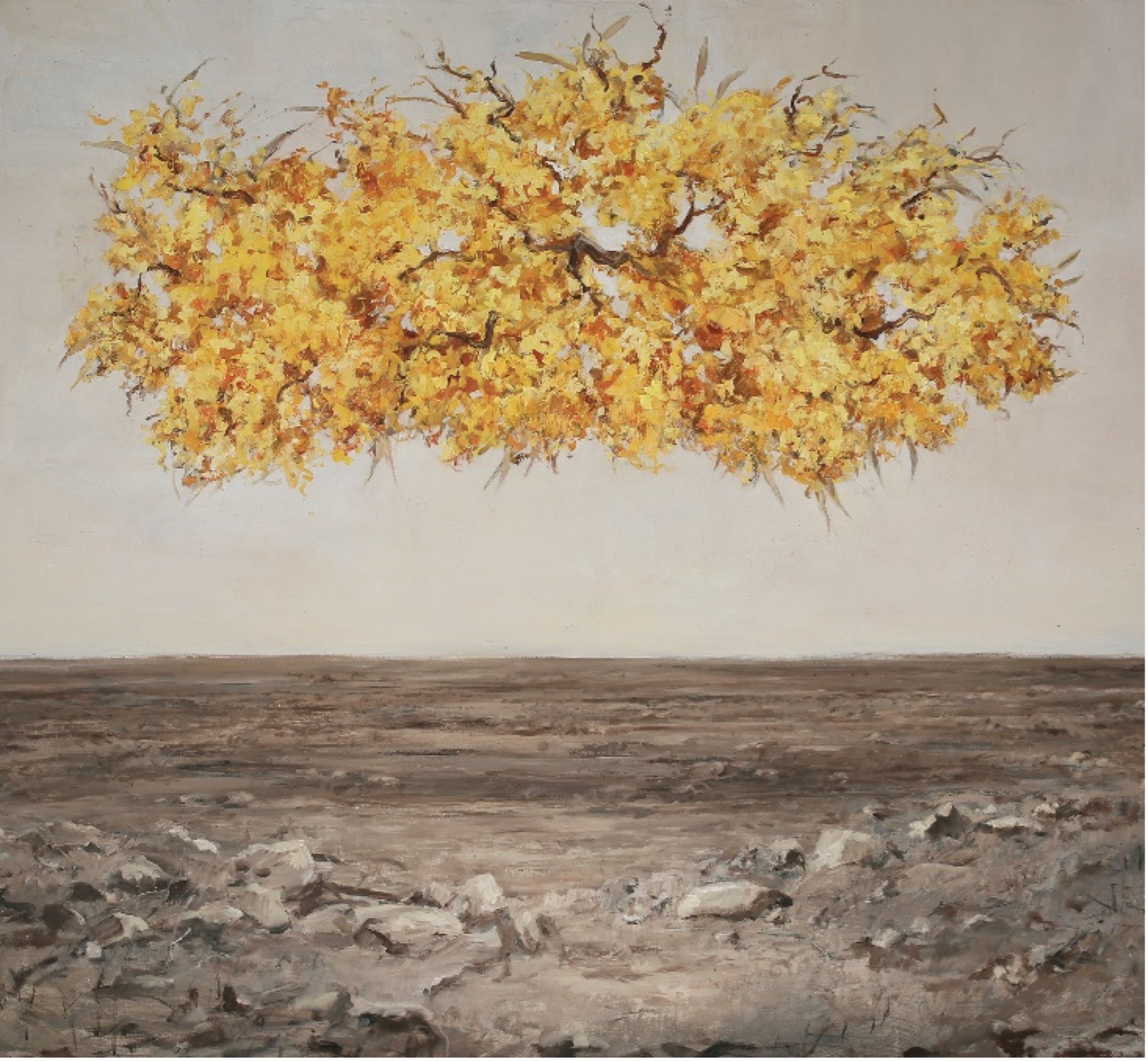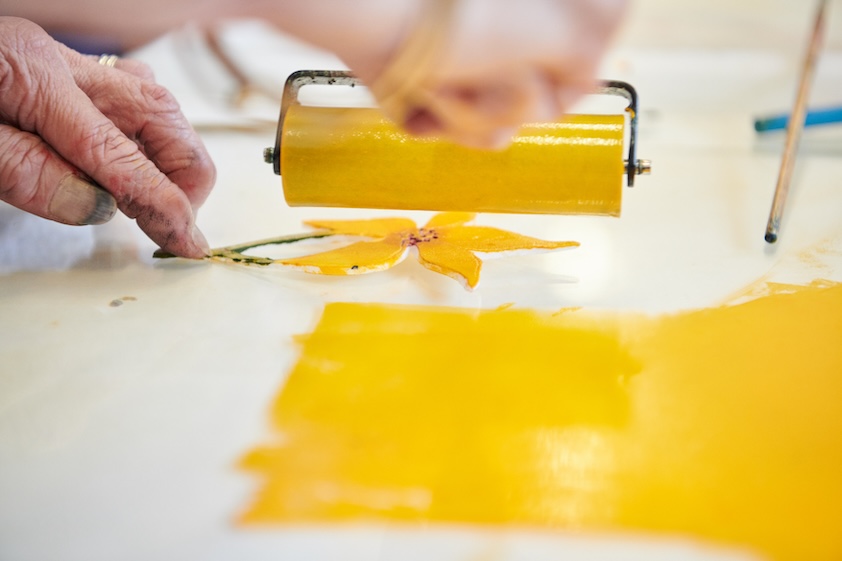WA MARITIME Museum’s international exhibition Escape from Pompeii: the untold Roman rescue reveals the story of the dramatic rescue attempt following one of history’s most famous and devastating natural disasters – the eruption of Mount Vesuvius and the destruction of Pompeii.
In 79 AD Mount Vesuvius erupted, burying the cities of Pompeii and Herculaneum under huge waves of volcanic ash and debris.
The falling ash, pumice and catastrophic pyroclastic surges, encased and preserved the two maritime cities and the residents who were unable to escape.
When excavation began in the area, about 1700 years later, researchers were astounded to find intact the buildings, objects and remains of those who died in one of history’s most famous natural disasters.
The exhibition displays everyday objects, from saucepans to jars that stored wine, olive oil or garum (the fish sauce for which Pompeii was famous), and even some examples of food, such as a preserved loaf of bread.
Five haunting body casts of victims of the eruption are also included, capturing their final moments preserved in ash.
While many know of the tragic eruption that preserved these cities for 2000 years, very few know that the Roman navy attempted to evacuate people affected by the eruption or its important role in the success of the Roman Empire.
Explore how the Roman navy attempted to evacuate people affected by the eruption.
This exhibition relies on the contemporary accounts of Pliny the Younger, the nephew of the commander of the fleet.
He described what he observed and experienced, and from what he learned from those who saw his uncle in action.
Visitors will see a rostrum (used to ram other vessels) from a Roman warship recovered from the site of a famous sea battle, reliefs celebrating Rome’s naval victories, and objects that reflect the results of its control of the seas which show how by 79 AD the entire Mediterranean Sea was under the control of one state – Rome – for the first and only time in history.
Escape from Pompeii: the untold Roman rescue closes on 4 February, leaving just a few weeks to see this exhibition.
Don’t miss this rare opportunity to view 2000-year-old Roman artifacts in Fremantle.
Visit www.museum.wa.gov.au for more information and tickets.





































